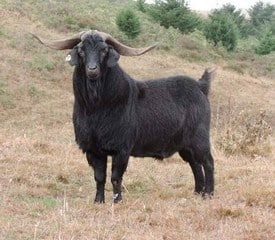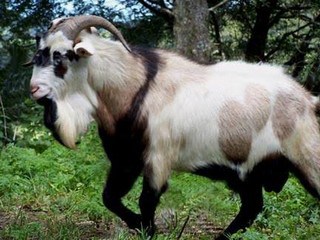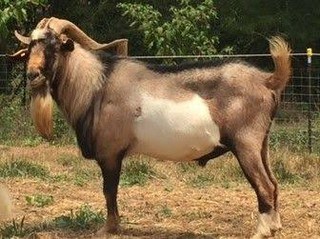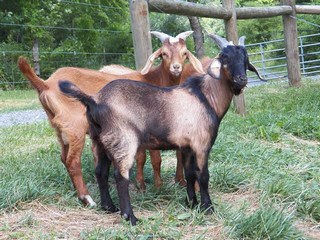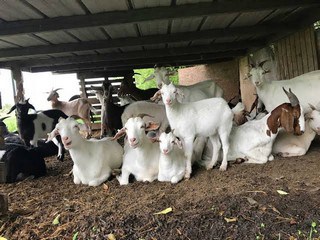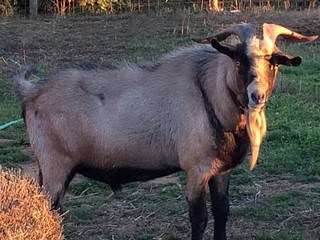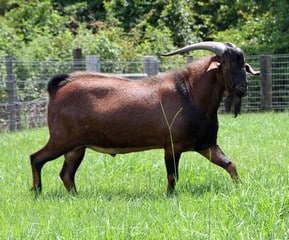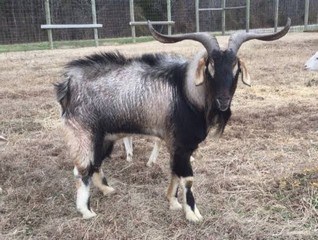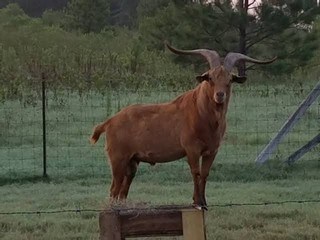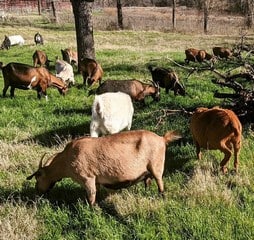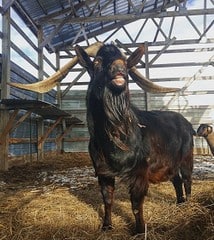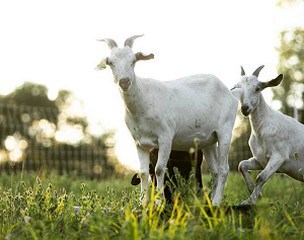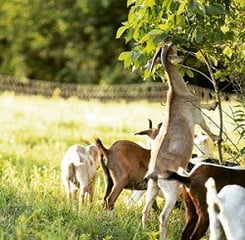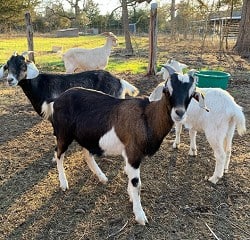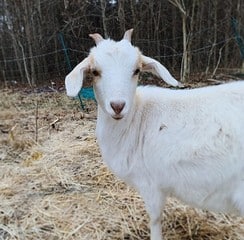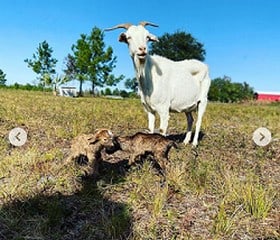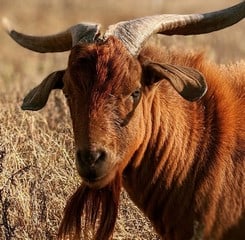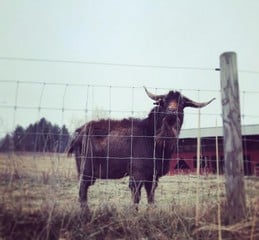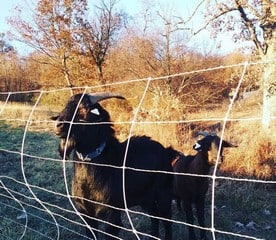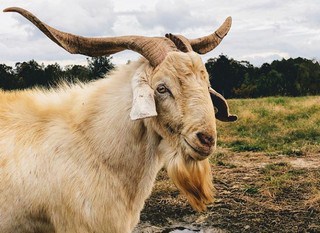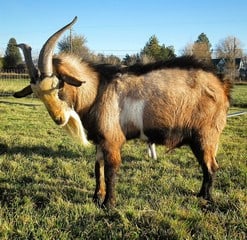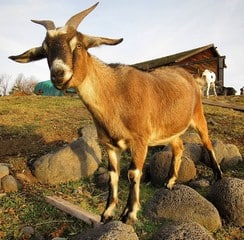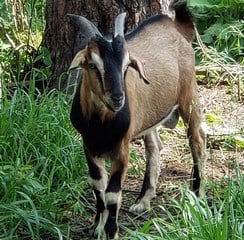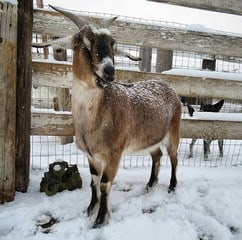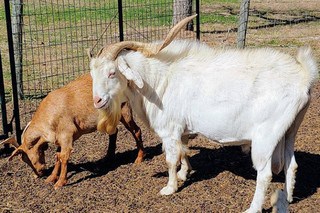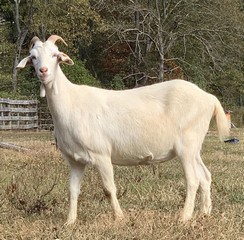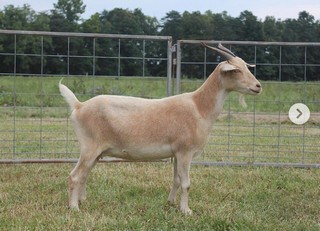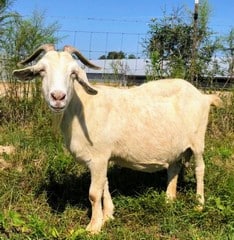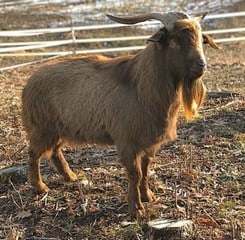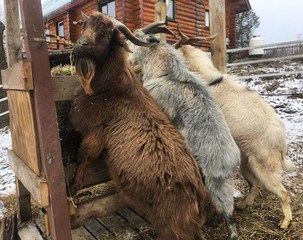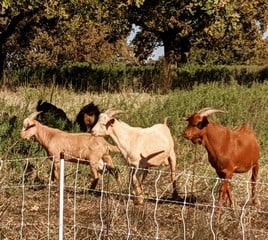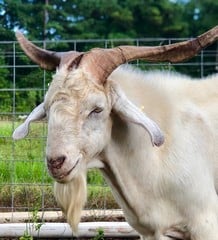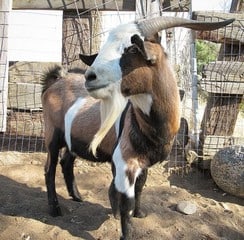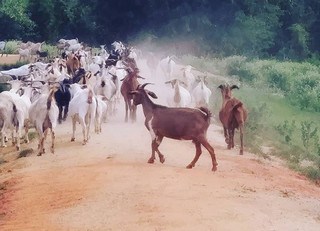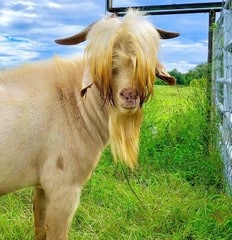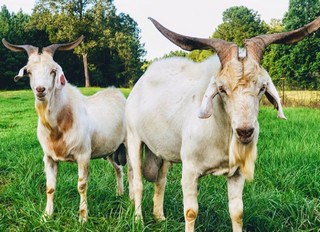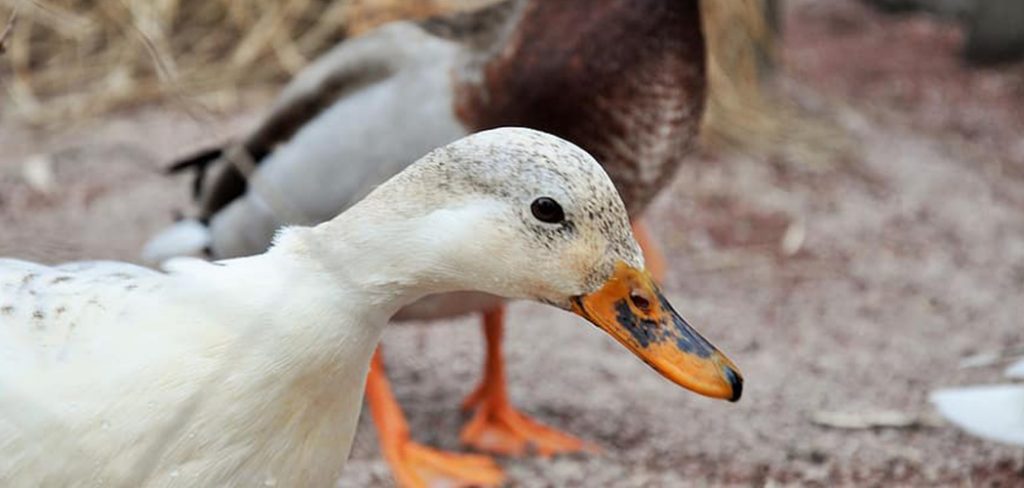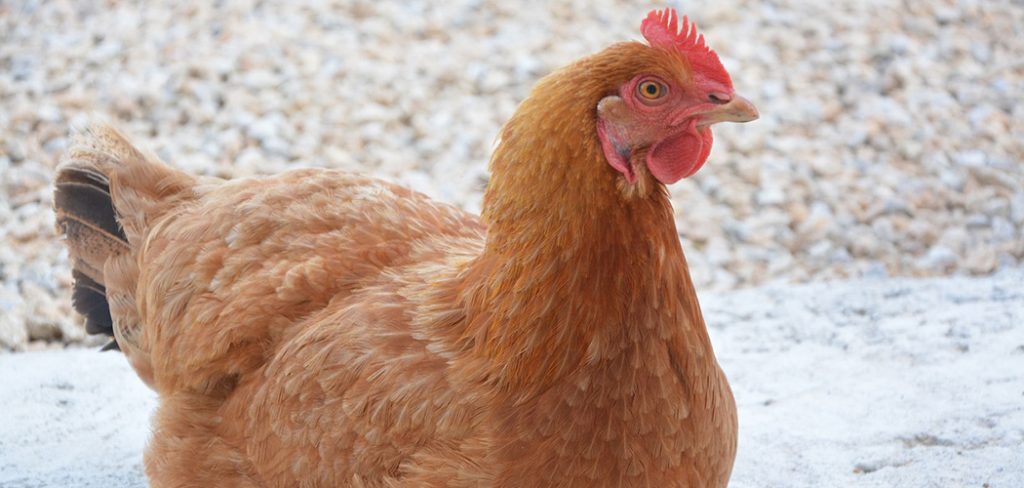Kiko Goats are an exceptional meat-producing breed of goats that are native to New Zealand. In Maori (a language spoken by indigenes of New Zealand), Kiko means flesh or meat.
Origin of Kiko Goats
In the late 1970s, ranch owners in New Zealand embarked on a project to create a goat breed that could grow quickly, produce a large number of kids all while requiring little maintenance.
By 1986, Kiko goats emerged as the survivors of all the harsh breeding processes the goats were subjected to. In 1992, they were shipped into the United States for the first time and they have continued to grow in popularity.
Characteristics
Kikos generally have a white flowing coat, although it is possible to come across some with brown or black coats.
With weights ranging from 250-300 pounds for kiko bucks and 100-150 pounds for does, Kikos are on the large side. They have thick, muscular bodies with a great bone-to-meat ratio.
Like most other goat breeds, Kiko goats are resilient, but what sets them apart is their ability to thrive naturally in the wild and under conditions of feed deprivation. They can also achieve substantial weight gains under natural conditions without special feeding.
Although primarily raised for meat production, kiko does can be milked. They produce a surprisingly good quantity of milk. The only downside is: their milk is lower in butterfat compared to that of dairy goats.
Tips for raising them
As mentioned earlier, Kiko goats are a hardy and resilient breed and their tendencies to be independent foragers can sometimes make them difficult to handle.
However, it is not impossible to keep one on your sustainable backyard farm and if you’re interested in raising one, here are some valuable tips for you to follow:
- These goats thrive well in herds and do not take well to being kept alone. Hence, raise them in twos or threes and if you need just one, housing it with a farm dog will go a long way in keeping it happy.
- Ensure your kiko goats have access to a clean, fresh supply of water. Kiko does’ water consumption tends to skyrocket when they are lactating.
- Kikos are happiest when they are allowed free range to roam and browse on shrubs, weeds, herbs and leaves. Therefore, take care not to keep them in pens for extended periods of time. Doing this allows them exercise, hence keeping them healthy and strong.
- Carry out periodic hoof trimming on your goats. You might need assistance in this aspect because they are very strong and will definitely put up a fight.
- Watch out for lice and tick infestations. Learn also to spot signs of parasitic attacks and carry out regular deworming.
- When constructing an enclosure for your goats, make sure the fence is on the high side. Kiko goats are very agile and strong and will comfortably scale low fences. Hence, fences should be between 4 to 5 feet high at least. The fences should also be firmly rooted in the ground to prevent kikos from knocking them over.
- Provide shelter for them so they have somewhere to hide during poor weather as well as somewhere to rest at night. Does require special shelter and protection after kidding, hence create separate clean, warm pens for them.
Photo Gallery of Kiko Goats
Check my other post on livestocks.
